33 Flavorful Classic Indian Side Dishes to Spice Up Meals
Indian side dishes burst with vibrant flavors that transform ordinary meals into extraordinary culinary experiences.
Remarkable accompaniments representing the heart of traditional cuisine, offering complex taste profiles that dance across your palate.
Spices, herbs, and innovative cooking techniques elevate these small plates beyond mere additions to a meal.
Cultural significance runs deep in each carefully prepared side dish, reflecting generations of culinary wisdom and regional diversity.
Texture plays a crucial role, with crispy, creamy, and tangy elements creating harmonious balance on your plate.
Regional variations showcase the incredible depth and creativity of Indian cooking traditions.
The magic lies in how these side dishes complement and enhance main course offerings: Here are 33 classic Indian side dishes that will revolutionize your dining experience:
Classic Indian Side Dishes with Bold Flavors
Indian meals are defined by their array of colorful side dishes. Every plate brings a burst of spice, tang, or crunch, transforming the meal into a memorable feast.
Dosa
Dosa stands as a crispy, paper-thin South Indian crepe crafted from fermented rice and black gram bean batter.
Traditional preparation involves soaking grains, grinding them into a smooth mixture, and adding fenugreek seeds for enhanced flavor and golden-brown color.
Generations of families have savored this versatile pancake, which originated in Tamil Nadu during the 1st century AD.
Fermentation transforms the batter overnight, creating a tangy, light texture that becomes crisp when spread thinly on a hot oiled griddle.
Masala dosa, stuffed with spiced potatoes, represents a popular variation enjoyed across India.
Street vendors and home kitchens alike celebrate this iconic dish, serving it with coconut chutney and sambar.
Regional differences in ingredients and cooking techniques reflect India's rich culinary diversity.
Dosa has gained international recognition as a nutritious, gluten-free meal that bridges traditional and modern cuisine.
Dal Tadka
Dal tadka bursts with robust flavors from northern India's rich culinary heritage, featuring split yellow pigeon peas simmered with aromatic spices and finished with a sizzling spice tempering.
Garlic, ginger, onions, and tomatoes form the foundational base of this classic dish, creating a complex and deeply satisfying profile.
Ghee-roasted spices like cumin, coriander, and fenugreek leaves add depth and warmth to the dal's complex flavor landscape.
Garam masala and red chili powder contribute a gentle heat that builds with each bite.
Asafoetida and additional chili peppers in the tadka (tempering) provide an intense, explosive burst of flavor.
Traditional preparation involves carefully layering spices and cooking techniques to develop maximum taste intensity.
Coriander leaves garnish the final dish, adding a fresh, bright note to the rich, spicy preparation.
Saag Paneer
Saag paneer represents a beloved Indian vegetable curry blending soft cubed cheese with creamy green vegetables.
Originating in Punjab, this popular dish combines spinach, mustard greens, and fenugreek into a rich spiced mixture.
Punjabi cooks traditionally prepare saag by mashing fresh leafy greens with tomatoes and aromatic spices.
Paneer cheese adds protein and texture to the smooth green sauce, creating a balanced vegetarian meal.
Salt and spices like cumin and garam masala enhance the complex flavor profile.
Nutritious and satisfying, this curry offers a complete vegetarian dining experience.
Raita
Raita is a versatile Indian yogurt-based condiment that combines thick yogurt with fresh fruits, vegetables, and spices to create a cooling accompaniment to spicy dishes.
Originating in the 19th century, this dish derives its name from Sanskrit words rajika (black mustard) and tiktaka (spicy), reflecting its complex flavor profile.
Cucumber raita ranks as the most popular version, offering a refreshing blend of yogurt and chopped cucumbers seasoned with cumin and herbs.
Variations like pineapple, potato, and mixed vegetable raita showcase the dish's adaptability and regional creativity.
Its color shifts between white, green, and yellow depending on selected ingredients.
Raita serves multiple culinary purposes, from neutralizing heat in spicy meals to acting as a standalone side dish.
Indian cuisine celebrates this versatile preparation as a perfect balance of cool, creamy textures and vibrant flavors.
Puri
Puris are crispy, golden-brown Indian flatbreads deep-fried to puffy perfection in hot oil or ghee.
Wheat flour, water, and occasional cumin seeds create the simple dough that transforms into a light, airy bread when immersed in sizzling oil.
Northern Indian regions first developed this versatile bread as a staple accompaniment to creamy curries and vegetable dishes.
Skilled cooks roll the dough into thin rounds before carefully frying them until they balloon and turn golden.
Salt and spices sometimes enhance the basic flour mixture for added flavor.
Wheat's availability in northern India contributed to puri's widespread popularity across the subcontinent.
Dahi Vada
Dahi vada are deep-fried lentil fritters soaked in creamy yogurt and celebrated across India as a beloved street food and festive snack.
Originating in North India, these golden-brown vadas offer a perfect balance of crispy texture and smooth yogurt coating.
Spicy chutneys and aromatic spices like chili, cumin, and coriander elevate the flavor profile of this versatile dish.
Typically served chilled, dahi vada provide a refreshing relief during hot summer days and are frequently featured at weddings and social gatherings.
North Indian cuisine embraces these savory lentil balls as a popular accompaniment to vegetable and meat dishes.
Yogurt's tangy richness complements the crisp exterior of the fried vadas, creating a delightful contrast in every bite.
Home cooks and street vendors alike prepare this classic snack with skill and passion.
Papadam
Papadums are crispy, lightweight Indian flatbreads crafted from gram, rice, or chickpea flour and baked into thin crackers.
Served alongside curries as a scooping utensil or enjoyed independently, these versatile breads complement meals with their distinctive crunch.
Spicy or plain, papadums can be topped with chutneys, raita sauce, or pickles for extra flavor.
Indian restaurants and home kitchens frequently feature these light, crisp breads as a popular appetizer or side dish.
Traditionally prepared by baking or frying, papadums offer a satisfying texture and subtle taste.
Their adaptability makes them a staple in Indian cuisine, appreciated for their simplicity and versatility.
Idiyappam
Putu mayam are steamed rice flour noodles originating from South India, famous for their unique preparation method using a traditional rattan sieve that infuses a distinct wood-like fragrance.
Malaysians, Singaporeans, Sri Lankans, and Indonesians have enthusiastically embraced this street food delicacy, transforming it into a regional favorite.
Soft, thin noodles are created by passing rice flour dough through a holed basket, then carefully steamed within the same container.
Desiccated coconut and sugar blocks provide a sweet complement to the delicate noodle strands.
Tamil Nadu and Kerala claim the dish's birthplace, sparking friendly culinary debates about its true origin.
Banana leaves traditionally serve as the serving platform, enhancing the eating experience.
Street vendors and home cooks continue to prepare putu mayam using time-honored techniques passed through generations.
Paruppu Sadam
Paruppu sadam stands as a comforting South Indian rice dish blending lentils and spices into a hearty one-pot meal from Tamil Nadu.
Rice and dal form its core ingredients, cooked together with aromatic seasonings like garlic, chili, cumin, turmeric, and fragrant curry leaves.
Home cooks quickly prepare this nutritious blend by combining ingredients in a single pot, making it a go-to meal for busy families.
Protein-rich lentils provide substantial nutrition while spices add complex flavor layers.
Traditional serving recommendations include pairing the dish with crisp chips, spicy potato curries, tangy chutneys, or crispy appalam.
Jeera Bhaat
Jeera rice embodies Indian cuisine's aromatic simplicity, transforming plain basmati rice into a fragrant side dish through a quick toasting of cumin seeds in ghee.
Indian kitchens across regions prepare this classic accompaniment by gently frying whole cumin seeds until they release a warm, nutty essence into the rice.
Basmati rice serves as the perfect canvas for the spice's robust flavor, creating a light and fluffy texture that complements curries and dal.
Additional spices like cinnamon, cardamom, bay leaves, and cloves can enhance the rice's complexity, though many prefer its pure cumin-infused version.
Home cooks and restaurant chefs alike treasure this straightforward recipe for its ability to elevate a meal with minimal effort.
Native to northern India, jeera rice derives its name from the Hindi-Urdu word "zeera" meaning cumin seeds.
Aloo Matar
Aloo matar represents a classic North Indian potato and green pea curry bursting with aromatic spices from Punjab's rich culinary landscape.
Garlic, ginger, coriander, onion, and cumin create a complex flavor profile that transforms simple vegetables into a vibrant comfort dish.
Home cooks prepare this vegetarian recipe by sautéing potatoes and peas in a thick tomato-based sauce with carefully balanced seasonings.
Restaurants across India serve aloo matar as a popular vegetable side that complements flatbreads like roti, puri, and naan.
Families often enjoy this dish during lunch or dinner as a hearty vegetarian option packed with protein and nutrients.
Traditional preparation involves slow-cooking ingredients to develop deep, layered flavors that make each bite memorable.
Nutritious and satisfying, aloo matar showcases how simple ingredients can create an extraordinary meal.
Aloo Palak
Aloo palak represents a hearty North Indian vegetarian curry blending potatoes and spinach into a rich, spicy blend of flavors.
Originating in northern India, this classic vegetarian dish combines soft potatoes with fresh spinach simmered in aromatic spices like cumin, turmeric, and dried hot peppers.
Garlic gets fried until golden brown, creating a fragrant base for the spices to develop intense flavor profiles.
Tomatoes add depth and slight acidity to the mixture, complementing the earthy spinach and starchy potatoes.
Each ingredient is carefully layered to create a balanced, warming meal that can be served with rice or Indian bread.
Traditional preparation involves slow cooking the ingredients until water evaporates and oil separates, concentrating the spices and creating a thick, satisfying consistency.
Gobi Matar
Gobi matar reveals North India's beloved vegetarian stir-fry showcasing cauliflower and peas as star ingredients.
Turmeric and ginger-garlic paste infuse deep flavor profiles into this classic vegetable medley.
Families prepare this dish by sautéing cauliflower florets with fresh green peas in hot oil.
Red chili powder and coriander enhance the spice spectrum, creating a robust taste experience.
Onions provide sweet undertones that balance the vegetable's natural earthiness.
Lemon juice adds a final bright tang to the dish, cutting through the richness.
Indian vegetarian cuisine celebrates this simple yet flavorful vegetable preparation with regional pride.
Masala Papad
Masala papad is a crispy Indian street snack featuring a thin, roasted lentil or chickpea flour flatbread topped with a zesty vegetable mixture.
Street vendors and home cooks quickly grill or fry the papadum until golden and crunchy.
Fresh chopped onions, ripe tomatoes, and green coriander leaves create a vibrant topping for the crisp base.
Spicy chili powder and tangy chaat masala add intense flavor and heat to the light, crunchy snack.
Lemon juice provides a sharp, citrusy brightness that cuts through the spices.
Salt enhances the overall taste profile of this quick, portable appetizer.
Mumbai and other major Indian cities popularized this simple yet flavorful street food.
Masala papad serves as a popular accompaniment to drinks or as a quick, satisfying bite.
Baingan Bharta
Baingan bharta delivers smoky roasted eggplant mashed into a spicy vegetarian delicacy beloved across North Indian cuisine.
Punjabi kitchens traditionally prepare this dish by charring whole eggplants over open flames until skin blackens and flesh softens completely.
Mustard oil infuses deep flavor while chopped onions, green chilies, and fresh coriander leaves create complex taste layers.
Roasted eggplant gets thoroughly mashed and mixed with aromatic spices to develop intense smoky undertones.
Home cooks typically serve baingan bharta alongside roti or steamed rice for a satisfying vegetarian meal.
Mediterranean and Middle Eastern cuisines feature similar eggplant preparations with unique regional twists.
Summer and winter seasons offer perfect opportunities to enjoy this hearty vegetable dish that showcases eggplant's rich potential.
Dal Puri
Dal puri are deep-fried Indian breads bursting with spiced lentil fillings that create a crispy, golden exterior and flavorful interior.
North Indian cuisine celebrates this bread as a versatile dish prepared with plain flour, water, salt, and a complex spice mixture featuring mung dal lentils.
Ginger, green chili, cumin, fennel seed powder, and mango powder infuse the filling with robust flavors.
Garam masala, carom seeds, turmeric, and coriander leaves enhance the bread's aromatic profile.
Spice combinations range from mildly warm to intensely hot, depending on regional variations.
Families traditionally prepare dal puri during celebrations and festivals.
Served for breakfast or alongside main dishes, these puris offer a satisfying culinary experience.
Bread lovers savor each crispy, spice-laden bite as a delicious representation of Indian cuisine.
Churma
Churma are rustic crumbled bread pieces from North India blending traditional flavors and textures into a sweet, rich comfort food.
Rajasthani and Haryanvi kitchens transform leftover roti, baati, paratha, or puri into fine crumbs mixed with fragrant ghee and sugar.
Cardamom and chopped nuts add layers of warmth and complexity to the mixture.
Melted ghee drizzled over the top enhances the dish's luxurious texture and taste.
Dal baati churma, a famous regional combination, showcases churma alongside spicy lentil dal and roasted bread.
Rajasthan considers this dish a staple in its culinary landscape.
Home cooks traditionally prepare churma as a resourceful way to use stale bread.
Stuffed Bitter Melon (Bharwan Karela)
Bharwan karela represents a bold North Indian stuffed bitter melon delicacy that transforms the naturally bitter vegetable into a spicy, flavorful experience.
Skilled home cooks carefully slice bitter melons vertically while keeping their base connected, removing seeds and creating space for a robust spice mixture.
Red chili powder, garam masala, turmeric, amchur, and fennel blend with salt to create an intense filling that transforms each bitter melon slice.
Careful cooks tie thread around each stuffed bitter melon to secure the spice mixture during cooking.
Slow frying in oil ensures each piece becomes crispy and golden brown on all sides.
Meticulous preparation demands patience and attention to detail throughout the cooking process.
Vegetables get completely infused with complex spice combinations during slow cooking.
North Indian families often enjoy this dish as a flavorful side that balances bitter and spicy taste profiles.
Urulai Kizhangu Podimas
Urulai kizhangu podimas are crispy, spiced potato cubes from Kerala that transform simple ingredients into a flavor-packed South Indian side dish.
Kerala home kitchens celebrate this quick potato preparation with a precise cooking method featuring golden-brown potatoes seasoned with aromatic spices.
Mustard seeds, urad dal, and curry leaves create a signature crackling tempering that infuses the potatoes with deep, complex flavors.
Boiled potatoes get pan-fried until edges turn crunchy and golden, developing a delightful texture contrast.
Green chili peppers and ginger add subtle heat and brightness to the mix.
Turmeric powder contributes a warm yellow color and earthy undertone to the dish.
Onions provide a sweet, caramelized base that complements the potatoes' starchy texture.
Served alongside rice or as a standalone snack, this dish represents the simple yet sophisticated nature of Kerala's home cooking.
Arbi Masala
Arbi masala is a spicy North Indian vegetable delicacy featuring taro root transformed with robust, aromatic spices.
Bold Indian seasonings coat crispy taro pieces, creating a complex flavor profile that tantalizes taste buds.
Taro root, packed with dietary fibers and essential nutrients, resembles potatoes but contains significantly more starch.
Summer markets across North India showcase abundant fresh arbi for this popular dish.
Regional cooks slice, season, and fry taro roots until golden and crisp.
Masala spices like cumin, turmeric, and chili powder add intense warmth to each bite.
Vegetarian diners particularly enjoy this protein-rich side dish.
Simple ingredients and quick preparation make arbi masala a staple in many Indian households.
Ishtu
Ishtu is a Kerala coconut milk stew bursting with subtle spices and creamy textures that transforms simple vegetables into a comforting South Indian delicacy.
Kerala kitchens traditionally prepare this gentle dish using fresh local ingredients like onions, potatoes, and green chili peppers.
Ginger and curry leaves add aromatic depth to the liquid-based preparation.
Black peppercorns contribute a mild heat that balances the smooth coconut milk base.
Coastal regions often feature this stew as a popular breakfast or lunch option.
Minimal cooking techniques allow each ingredient's natural flavor to shine through.
Coconut oil drizzled just before serving enhances the stew's rich, smooth profile.
Vegetarian and easily adaptable, ishtu represents Kerala's understated culinary elegance.
Jeera Aloo
Jeera aloo are spicy Indian potato cubes seasoned with roasted cumin seeds that deliver a bold, aromatic flavor profile.
North Indian kitchens frequently prepare this simple vegetarian side dish as a quick accompaniment to meals.
Whole cumin seeds get toasted in hot oil until fragrant and slightly darkened before adding diced potatoes.
Turmeric and red chili powder provide warm, earthy color and mild heat to the dish.
Salt and fresh lemon juice enhance the potatoes' natural taste and create a balanced seasoning.
Home cooks typically use russet or waxy potato varieties for the best texture.
Restaurants and families serve jeera aloo alongside dal, rice, or flatbreads like roti.
Minimum ingredients and fast preparation make this a popular comfort food across Indian households.
Murgh Shorba
Murgh shorba represents a robust North Indian chicken soup bursting with aromatic spices and complex flavor profiles.
Rich chicken stock forms the foundation of this comforting dish, which blends traditional Indian spices like garam masala, cinnamon, cardamom, and cloves.
Ghee creates a smooth base for sautéing onions, ginger, and garlic before introducing tender chicken pieces.
Coriander and mint provide fresh herbal undertones that complement the warming spices.
Home cooks typically simmer the ingredients briefly to maintain a light, brothy consistency.
Warm servings offer a nourishing meal that reflects North India's culinary heritage.
Gola Kebab
Gola kebabs sizzle as succulent mutton meatballs infused with aromatic Indian spices.
Skewered and grilled to perfection, these spicy spheres blend minced mutton with red chili powder, turmeric, cloves, and cardamom.
Rich ginger-garlic paste enhances the meat's depth, while fresh coriander and mint leaves add bright herbal notes.
Street vendors and home cooks often serve these kebabs as popular appetizers or street food snacks.
Marination helps tenderize the meat and intensify flavors before grilling.
Traditional cooking methods involve charcoal or tandoor ovens for smoky authenticity.
Boondi Raita
Boondi raita represents a cool, tangy yogurt-based side dish from North India featuring crispy, golden boondi balls that add delightful crunch to smooth yogurt.
Small deep-fried besan (gram flour) spheres transform plain yogurt into a zesty accompaniment for spicy meals.
Coriander, red chili powder, cumin, salt, and lemon juice blend seamlessly to create complex flavor layers.
Traditional preparation involves mixing fresh dahi (yogurt) with precisely seasoned ingredients.
Boondi provides textural contrast with its light, crispy consistency.
Home cooks often serve this dish alongside rice, biryani, or as a refreshing standalone snack.
Summer gatherings frequently feature this versatile side dish.
North Indian cuisine celebrates boondi raita as a quick, flavorful complement to main courses.
Mushroom Do Pyaza
Mushroom do pyaza celebrates bold Indian flavor profiles through a spice-rich semi-dry preparation featuring button mushrooms and double the quantity of onions.
Northern Indian cuisine champions this hearty vegetarian dish that balances multiple aromatic spices like red chili, turmeric, coriander, and cumin powders with garam masala.
Ginger and garlic provide deep underlying warmth while fresh chili peppers contribute sharp heat to the complex taste experience.
Tomatoes add natural sweetness and acidity that complement the mushrooms' earthy texture.
Restaurant and home kitchens prepare this dish by sautéing ingredients sequentially to maximize flavor development.
Traditional cooking methods involve careful layering of spices and slow cooking to intensify taste profiles.
Vegetarian diners especially enjoy mushroom do pyaza as a protein-rich alternative to meat-based curries.
Undrallu
Undrallu are savory steamed rice balls from Andhra Pradesh that showcase a simple yet flavorful cooking technique using ground rice and Bengal gram.
South Indian kitchens craft these compact spheres by carefully washing and drying rice before grinding it into a fine powder.
Boiling water transforms the rice mixture into a smooth dough that gets shaped into small round balls.
Salt enhances the mild flavor profile of these traditional treats.
Chefs steam the rice balls until they reach a perfectly tender consistency.
Bengal gram adds subtle nutty undertones and extra protein to the dish.
Regional celebrations and festivals frequently feature undrallu as a beloved side dish.
Home cooks pass down generations-old techniques for creating these authentic rice balls with precision and care.
Cheera Thoran
Cheera thoran are Kerala's signature green spinach stir-fry that transforms simple ingredients into a spicy, fragrant vegetable side dish bursting with south Indian culinary traditions.
Kerala kitchens prepare this vibrant recipe by combining fresh spinach with finely chopped onions, garlic, and green chilies sautéed in coconut oil.
Mustard seeds and curry leaves provide essential aromatic foundations for the dish's distinctive flavor profile.
Grated coconut adds textural complexity and subtle sweetness to the vegetable mixture.
Traditional preparation involves carefully chopping spinach and mixing it with precisely balanced spices like cumin and turmeric.
Coconut oil ensures an authentic taste characteristic of Kerala's regional cooking methods.
Red chili powder introduces additional heat and depth to the final stir-fried creation.
Home cooks typically serve cheera thoran alongside steamed rice as a nutritious and flavorful accompaniment to main meals.
Sanna
Sannas are pillowy South Indian steamed rice cakes originating from Goa and Mangalore, featuring a light, airy texture that makes them unique among regional bread varieties.
Locals prepare these soft cakes by fermenting rice and coconut batter before steaming them to achieve a delicate, spongy consistency.
Traditional savory versions pair perfectly with spicy meat dishes like pork vindaloo or sarapatel stew.
Karnataka and Goan communities consider sannas a staple breakfast and side dish in their cuisine.
Rice and coconut form the primary ingredients, creating a mild, slightly tangy flavor profile.
Fermentation helps develop the cake's signature soft texture and subtle complexity.
Home cooks and restaurant chefs alike take pride in crafting these delicate rice cakes with precision and care.
Aloo Pitika
Aloo pitika are rustic mashed potatoes originating from Assam that burst with vibrant flavors through simple ingredients.
Mustard oil gives the dish its signature pungent taste, transforming boiled potatoes into a savory side dish.
Fresh ingredients like chopped onions, hot peppers, and coriander leaves enhance its bold profile.
Home cooks prepare the dish by boiling potatoes until soft, then mashing them thoroughly.
Regional Assamese families traditionally serve aloo pitika alongside rice and dal.
Mustard oil remains the critical component that distinguishes this preparation from standard mashed potatoes.
Salt and minimal seasoning allow the ingredients' natural flavors to shine through.
Fenugreek Seeds With Raisins (Methi Kishmish)
Methi kishmish is a tangy Rajasthani vegetable side dish featuring fenugreek leaves and sweet raisins that create a unique flavor profile balancing bitter and sugary notes.
Fenugreek seeds soak overnight in milk before being combined with aromatic spices like asafoetida, turmeric, and chili powder.
Raisins add natural sweetness to counterbalance fenugreek's inherent bitterness.
Coriander and mango provide additional depth and complexity to the dish.
Cooking involves simmering ingredients until liquid fully absorbs into the mixture.
Regional kitchens across Rajasthan prepare this dish as a complementary accompaniment to main courses.
Versatile and nutritious, methi kishmish offers a rich blend of textures and flavors.
Health-conscious diners appreciate its balanced nutritional profile and traditional preparation method.
Karuveppilai Sadam
Karuveppilai sadam is a fiery South Indian rice specialty loaded with aromatic curry leaves that transform plain rice into a zesty, flavor-packed meal.
South Indian families traditionally prepare this simple yet bold dish using freshly harvested curry leaves, rice, and a blend of spices like cumin, mustard, and chili peppers.
Rice serves as the primary base, carefully cooked and mixed with crispy roasted curry leaves that provide an intense herbal fragrance.
Green curry leaves contribute significant nutritional benefits, including antioxidants and potential digestive support.
Peanuts sometimes add extra crunch and protein to the dish, enhancing its texture and flavor profile.
Mustard seeds and asafoetida create a distinctive tempering that elevates the rice's overall taste.
Minimal cooking oil helps bind the ingredients and create a smooth, integrated rice preparation.
Mango Kadhi
Mango kadhi are tangy, creamy Indian yogurt-based curry originating from Gujarat that showcases fresh mango pulp as its signature ingredient.
Gujarat's signature dish blends yogurt, gram flour, and ripe mango pulp into a smooth, velvety sauce.
Mustard seeds, curry leaves, and green chilis provide complex flavor layers during slow simmering.
Warm spices like cumin and ginger enhance the curry's depth and aroma.
Traditional preparation involves carefully tempering spices in hot oil before mixing with yogurt base.
Served hot with steamed rice, mango kadhi offers a perfect balance of sweet, sour, and spicy flavors.
Which Indian Side Dishes Are Ideal for Festive Thalis?
Festive thalis showcase a variety of rich and flavorful Indian side dishes that complement main courses and celebrate culinary tradition:
Which Indian Side Dishes Are Great for Spicing Up Western Meals?
Indian side dishes can add exciting flavors and textures to Western dishes, making them perfect fusion companions:

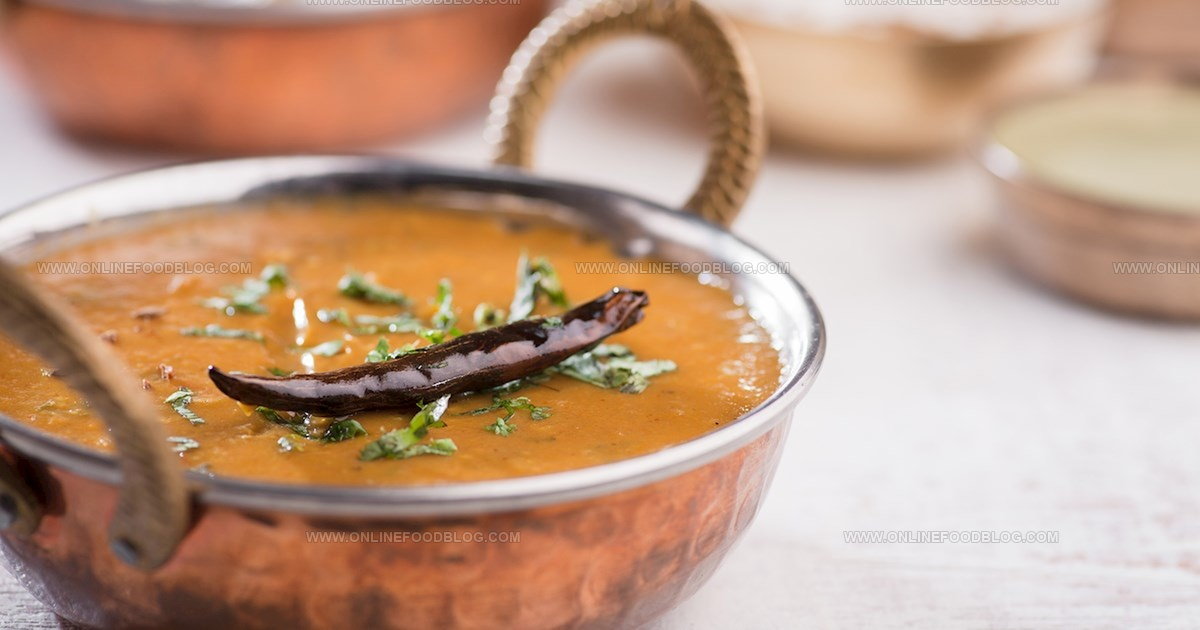
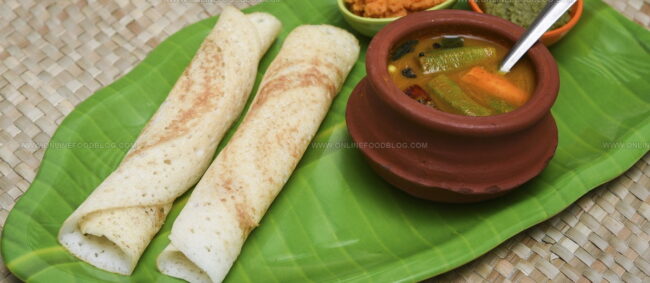
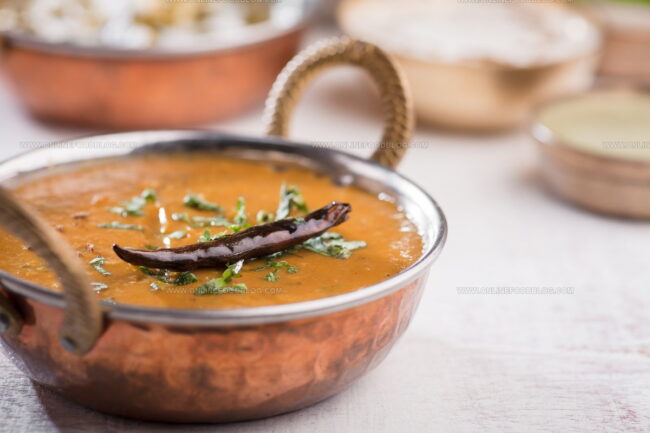
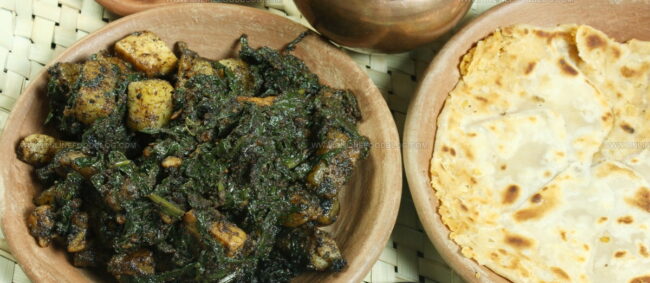
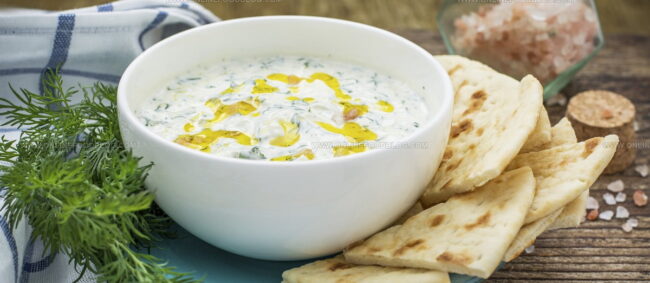
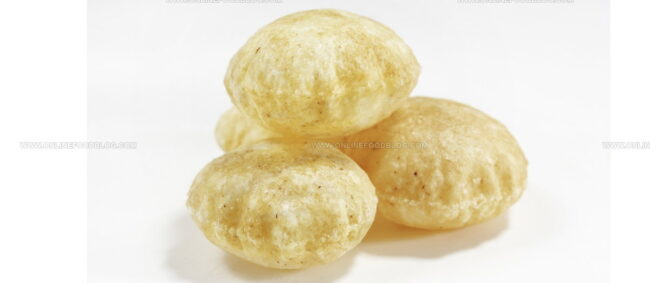
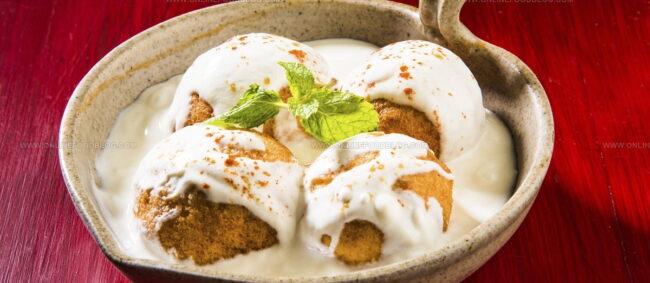
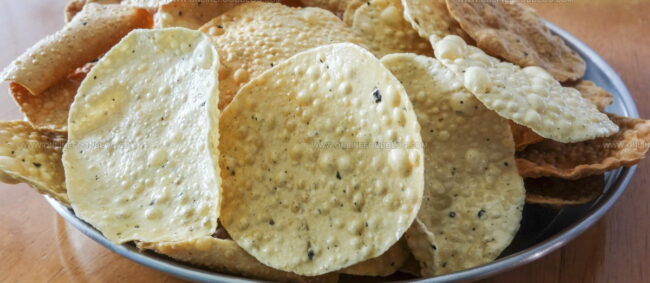
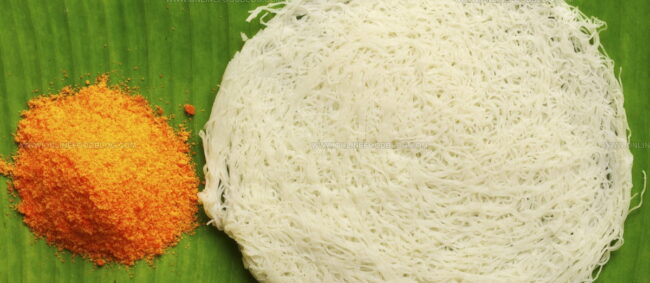
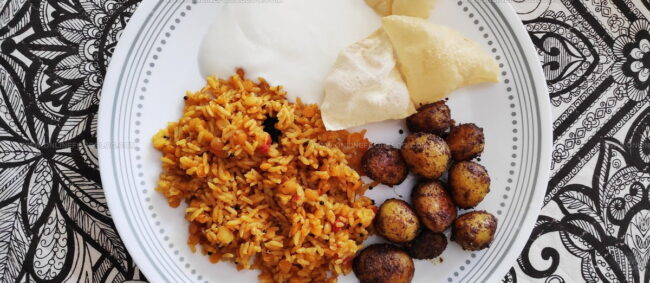
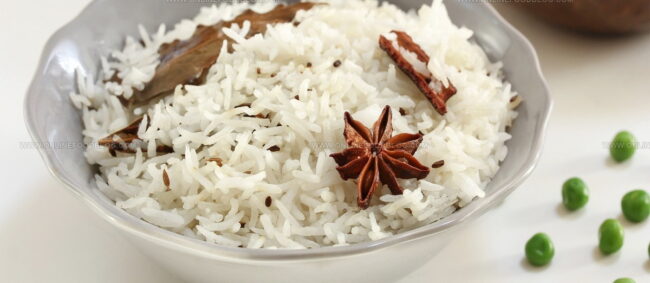
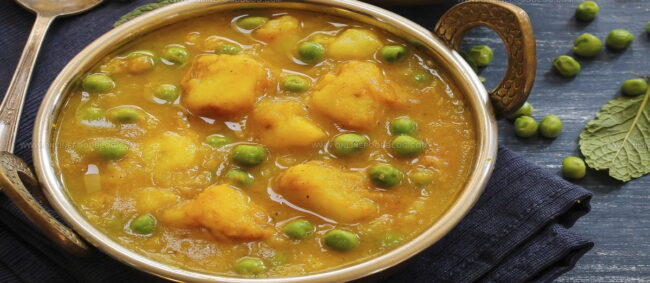
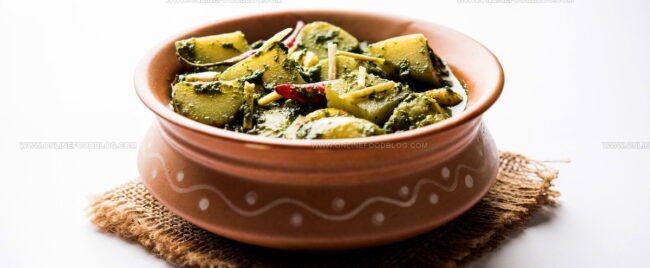
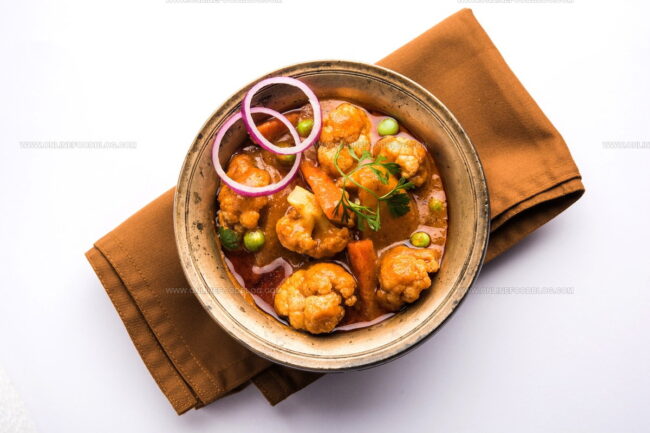
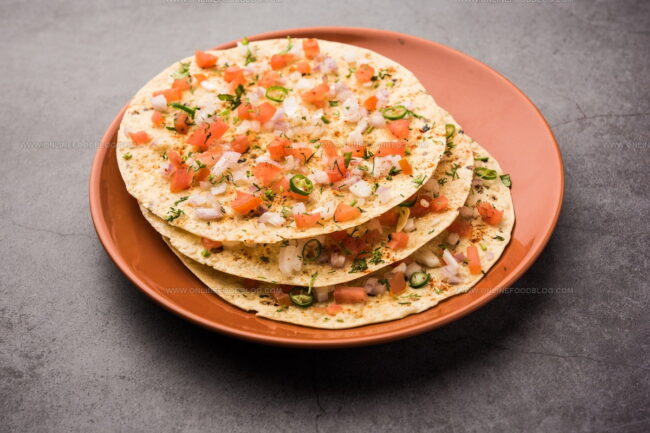
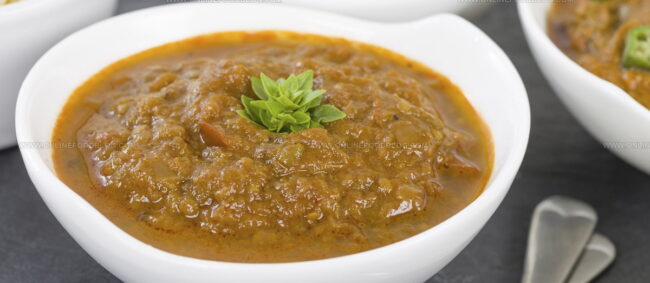
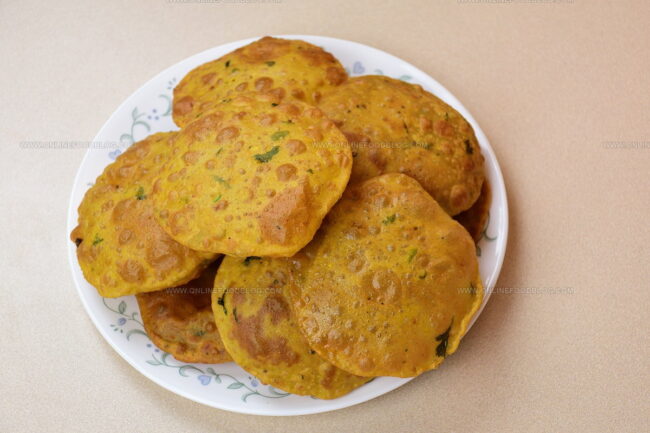
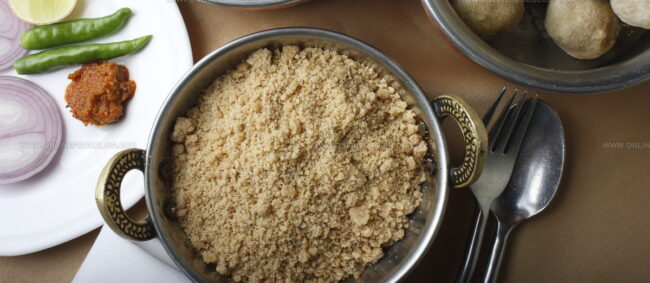
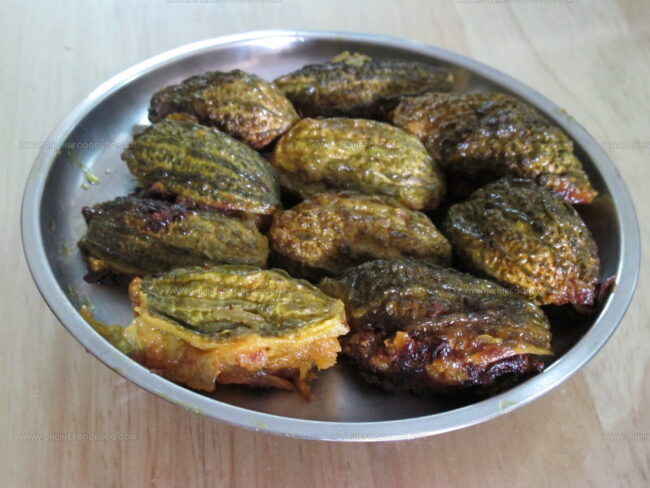
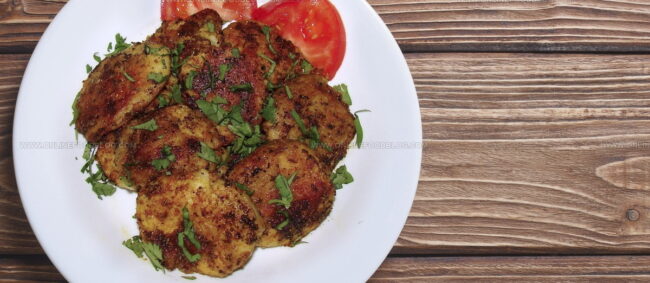
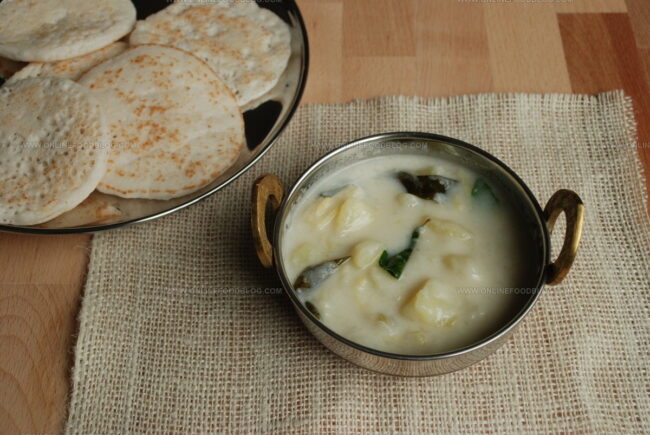
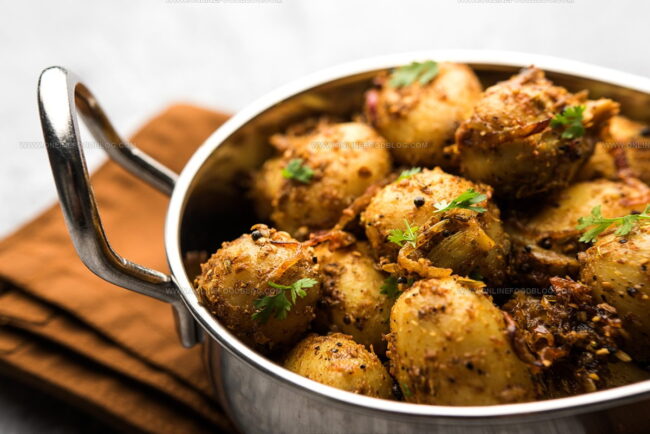
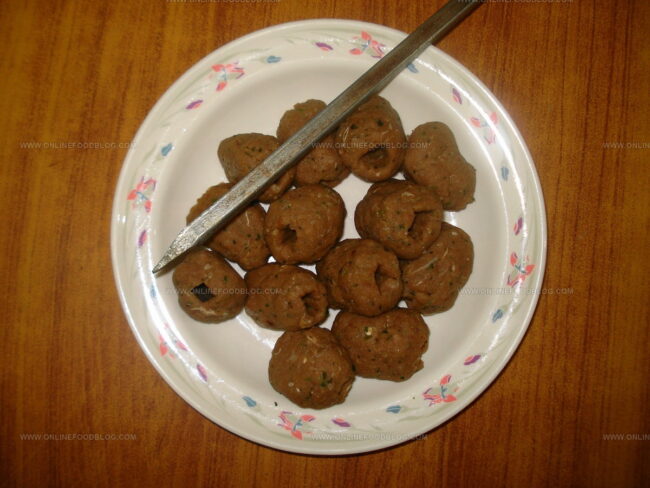
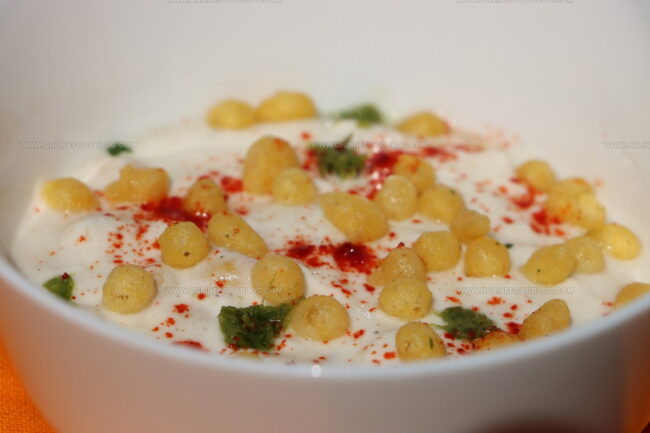
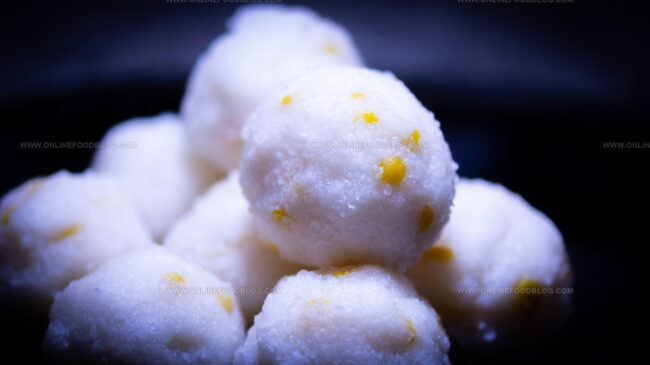
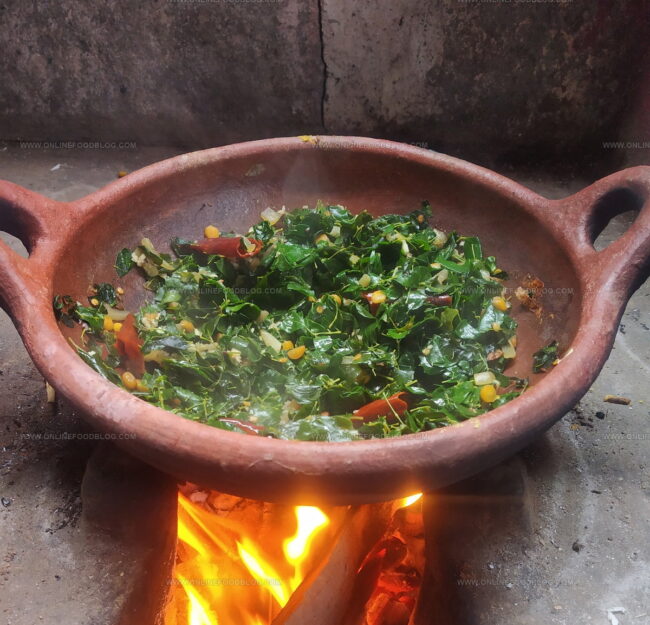
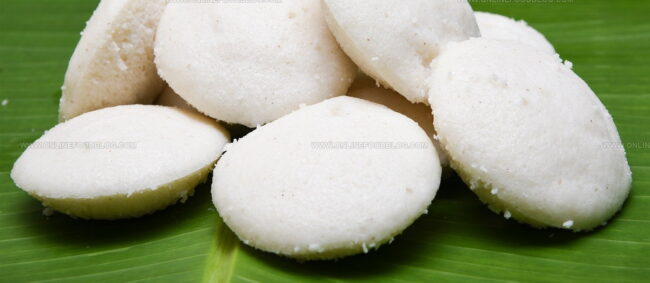
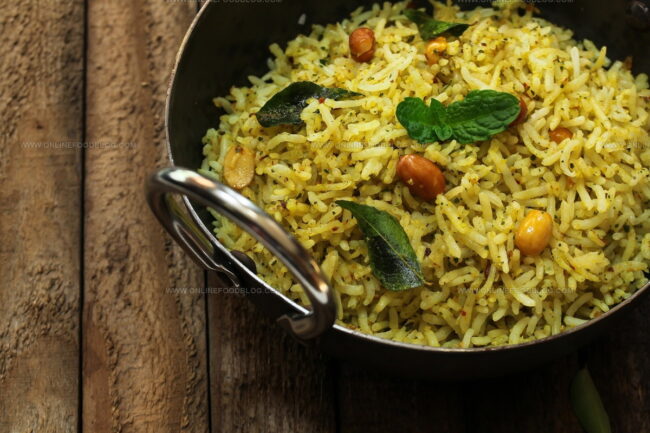
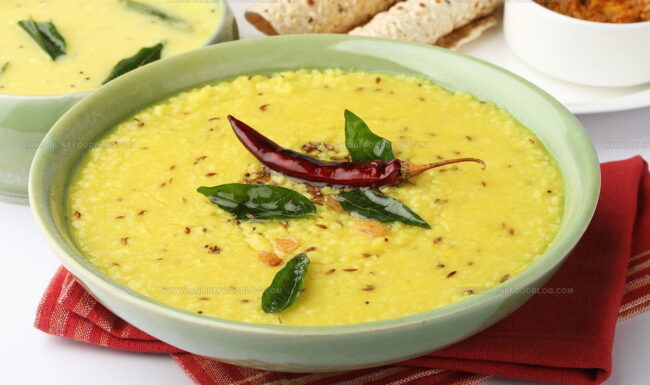
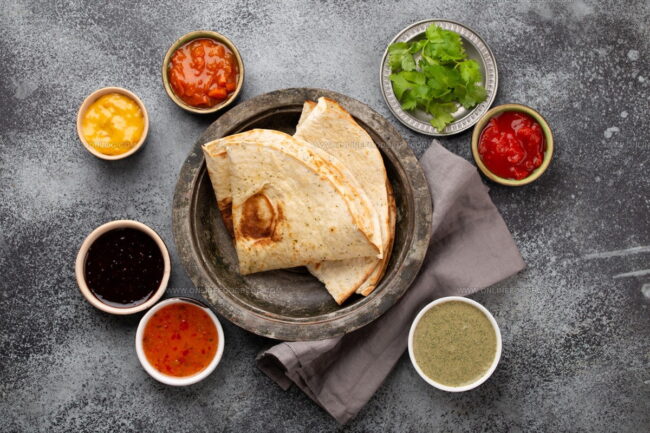
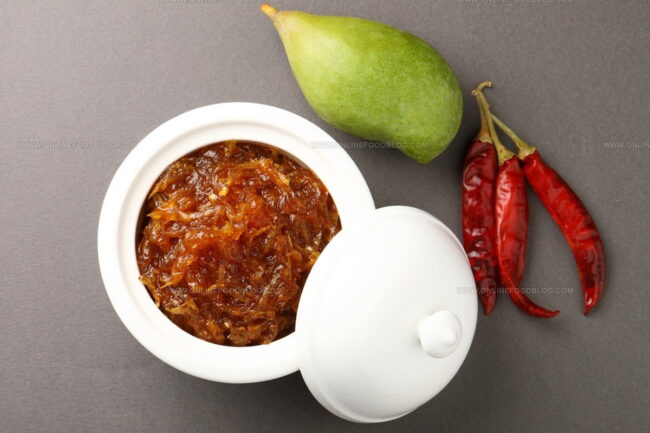
Lucas Bennett
Founder & Recipe Creator
Expertise
Simple Everyday Recipes, Sustainable Cooking Practices, Creative Meal Planning, Recipe Testing and Improvement
Education
Fox Valley Technical College, Appleton, Wisconsin
Lake Superior College, Duluth, Minnesota
Lucas Bennett’s cooking journey started in his parents’ kitchen, where he learned to prepare tasty, no-fuss meals from scratch. His culinary passion led him to Fox Valley Technical College, where he gained practical cooking skills.
He then expanded his focus on sustainability at Lake Superior College. Today, Lucas shares easy, approachable recipes designed to make cooking enjoyable and stress-free for everyone.